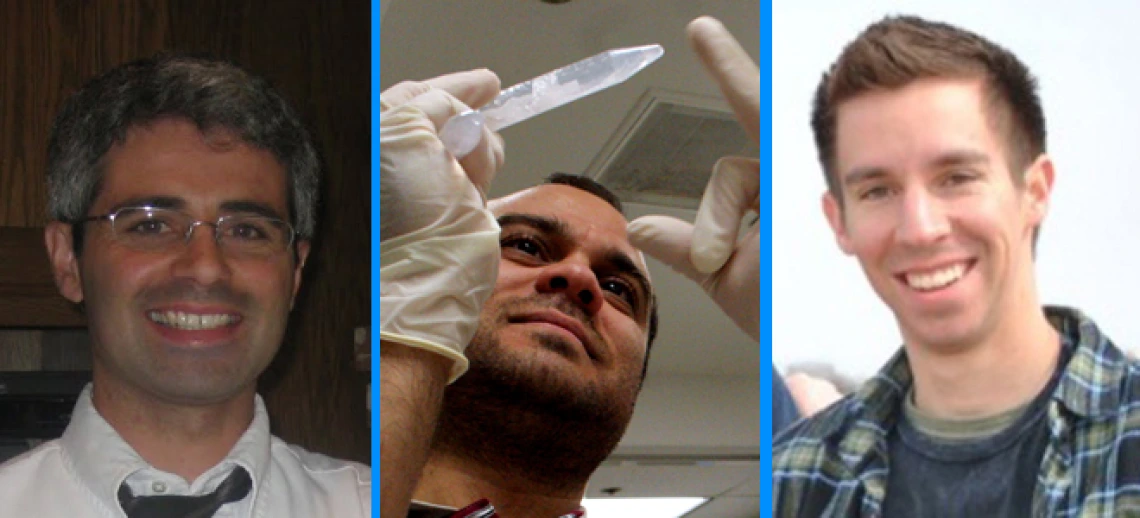Trainee Success Stories: 3 Recent Grads

 Three graduate trainees from the University of Arizona Superfund Research Program (UA SRP) have recently earned their PhDs. All three students investigated the effects of low-level arsenic exposure, using different model systems to ask unique questions about arsenic’s impacts on the body. All three students relished the challenge of the graduate experience, and look forward to applying the skills they learned to better inform environmental toxicology.
Three graduate trainees from the University of Arizona Superfund Research Program (UA SRP) have recently earned their PhDs. All three students investigated the effects of low-level arsenic exposure, using different model systems to ask unique questions about arsenic’s impacts on the body. All three students relished the challenge of the graduate experience, and look forward to applying the skills they learned to better inform environmental toxicology.
Paul Severson performed his graduate research with UA SRP investigator Dr. Bernie Futscher (Project 2). He characterized the genome-wide DNA methylation changes that occur during arsenical-induced cancer transformation, and put them into context with the epigenomic changes that occur more generally during cancer progression. “One of my favorite aspects of being a graduate student was mastering new skills and techniques,” says Dr. Severson. “Obtaining these new analytical tools has made it possible for me to actually find answers to important research questions, which was a very satisfying experience.” Now working as a post-doctoral fellow with the UA Human Genes and the Environment Research (HuGER) training program, Dr. Severson will continue working to better understand the mechanisms of epigenomic dysfunction resulting from exposure to environmental toxicants.
Matthew Medeiros worked with UA SRP investigator Dr. Jay Gandolfi (Project 1) to investigate the effects of chronic exposure to the arsenic metabolite MMA(III) on the changes leading to bladder cancer, investigating both global changes and a refined assessment of specific genes. Dr. Medeiros says of his experience, “Graduate school was very challenging, and the most exciting moments occurred when the successful execution of experiments yielded novel findings. You learn in graduate school that research is a lot about accepting failure, continuous trouble-shooting, redesigning, and repeating experiments, until that great moment of discovery.”
For Pablo Sanchez Soria, “The most satisfying part of graduate school is to go from being someone with a passion in science, to an independent critical thinker able to solve research problems.” Working under the direction of UA SRP investigator Dr. Todd Camenisch (Project 5), his research project explored the contribution of arsenic exposure to cardiovascular disease. Using both fetal and adult models, he established that exposure to environmentally-relevant arsenic concentrations promotes the development of hypertension, and contributes to the onset of metabolic syndrome. Dr. Sanchez Soria will be working at the Center for Toxicology and Environmental Health (CTEH) in Little Rock, AR, where he looks forward to learning more about environmental toxicology and industrial hygiene. He says he appreciates the opportunity that graduate school provided - to learn, and to make mistakes: “I hope that learning from these will help me be a successful toxicologist.”
Congratulations to Paul, Matthew, and Pablo! We are proud of your accomplishments and wish you the best of luck in the next stage of your careers!

